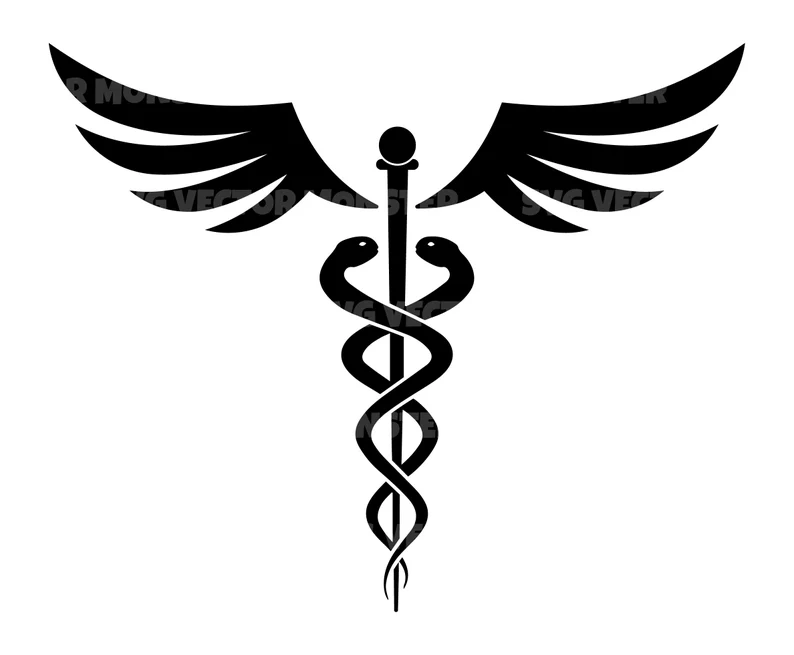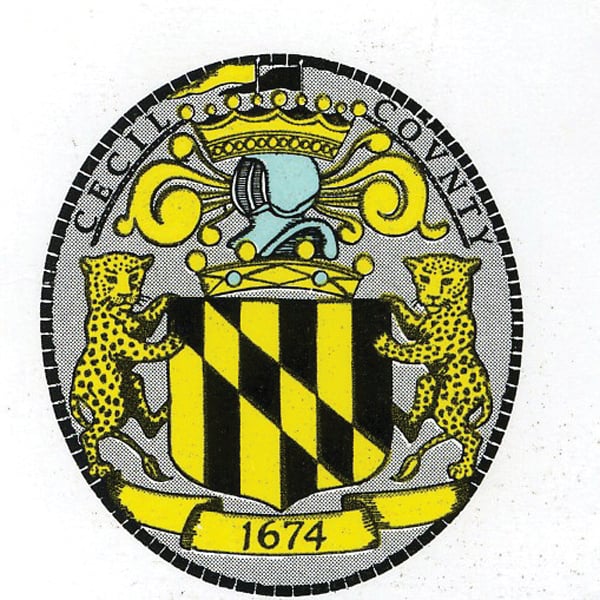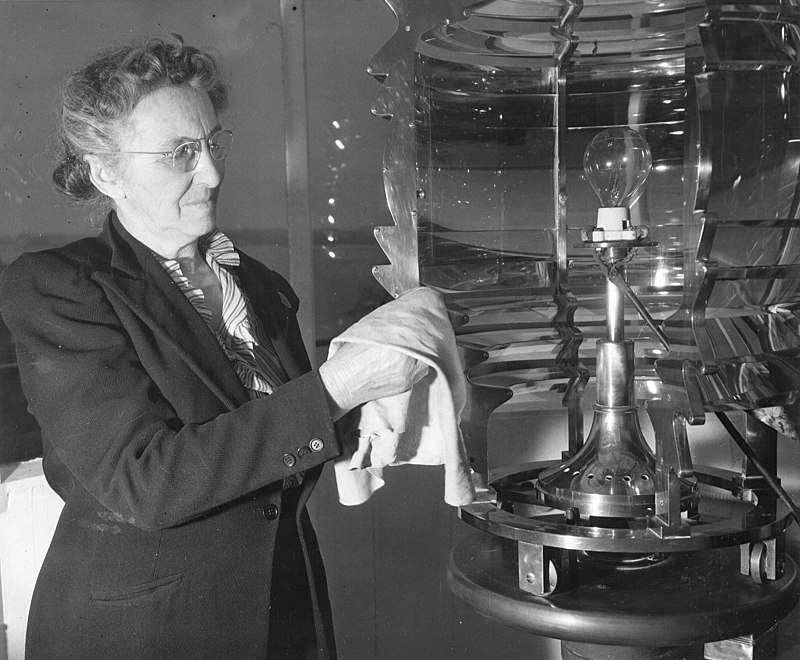Last week, our blog post was about the digital resources that the historical society has available here in our research library. All of our digital records are only accessible in person on our computers. When you find a record or some other item you wish to save, all you need to do is save it to the computer’s desktop, then email it to yourself OR take a picture of it with your phone.
This week, our blog will share information about the Cecil County Board of Health Records. The records cover the years 1902 through 1908. Each month the Cecil County Board of Health had meetings about health issues in the county, as well as possible causes of those issues. It’s all hand written, but easy to read for the most part. Meeting minutes are included, as well as lists of patient’s names, mostly children. The names are listed, as well as the town in which they resided, the age of the patient, the illness they have, their doctor’s name, and notes about the patient. (Reports of the meetings were also shared in the Cecil Whig.)
Dr. Bratton, the secretary of the board of health, begins the February 1902 meeting by giving Town of Elkton statistics for the year 1901. The town has an estimated population of 2,542. In 1901, 65 deaths were recorded. Infectious diseases for Elkton are broken down by disease and month. Twenty-four people contracted typhoid fever in 1901, and twenty-two recovered from it. Scarlet fever was contracted by twenty-five people, and all survived. No cases of scarlet fever or diphtheria were recorded.
Statistics for the county were also shared. Seventy people contracted typhoid fever, and sixty of them recovered. Scarlet fever affected fifty-four people in the county and all survived. Diphtheria was contracted by sixteen people, with fourteen people recovering.
The meeting then turned to discussing a case against a Mr. Frederick Hayton. It had been reported that Mr. Hayton had removed a body from an Elkton burial ground and had reburied it in St. Paul’s Cemetery near Earleville without a burial permit from the board of health. The board had contacted Mr. Hayton and informed him of the Maryland state law that prohibits this practice. Mr. Hayton replied quickly that he was not aware of the law. A burial permit was then issued to him and the matter was closed.
Each month the board also listed the names of those who contracted infectious diseases. In the month of January 1902, there were cases all over the county – North East, Elk Neck, Cherry Hill, Port Deposit, Pleasant Hill, Iron Hill, the “Barrens” in the 3rd district, and “Carter’s Bank” (near Carter’s Mill). The patients’ names were listed, as well as the names of the doctors. Infectious diseases included diphtheria, scarlet fever- also called scarlatina, typhoid fever, and measles. The patients’ ages ranged from 2 ½ years to 62 years.
Secretary Dr. Bratton seemed to spend lots of time visiting communities in the county. In February 1902, he visited Chesapeake City, specifically to see a case of laryngeal diphtheria reported by Dr. Wallace. A 7 ½ year old boy had died before he arrived. Dr. Wallace had reported that he “gave 2000 antitoxin units at 12:30 pm and at 6:30 pm he repeated with 1000 units”. The case was “very grave, very croupy, and all communication was shut off”. Dr. Wallace had found that the boy had been out of school and sick for over a week before the antitoxin was administered.
In another meeting, April of 1902, the board discussed the possibility of a contaminated well being the cause of typhoid fever. The typhoid case was found in a resident of the Worley Farm in Iron Hill. The owner, a Miss Annie Richardson, had inquired about fumigating the farm as a fix to this problem. The board replied, “Typhoid fever is not a disease to be fought by fumigation. The fault is in the drinking water. It has been pronounced contaminated and unfit for household use after and examination at the Laboratory of the State of Delaware.” The board also stated that there had been five cases of typhoid fever on the farm since 1900. The well water was found to contain colon bacillus (e-coli), They recommended that the well be filled in and abandoned.
Many, many other stories from 1902 – 1908 can be told from these records. Unfortunately, we don’t have any records from before 1902 or after 1908. Some of the board’s summarized meeting notes are in the Cecil Whig issues for those years and can be found on the Chronicling America website.






